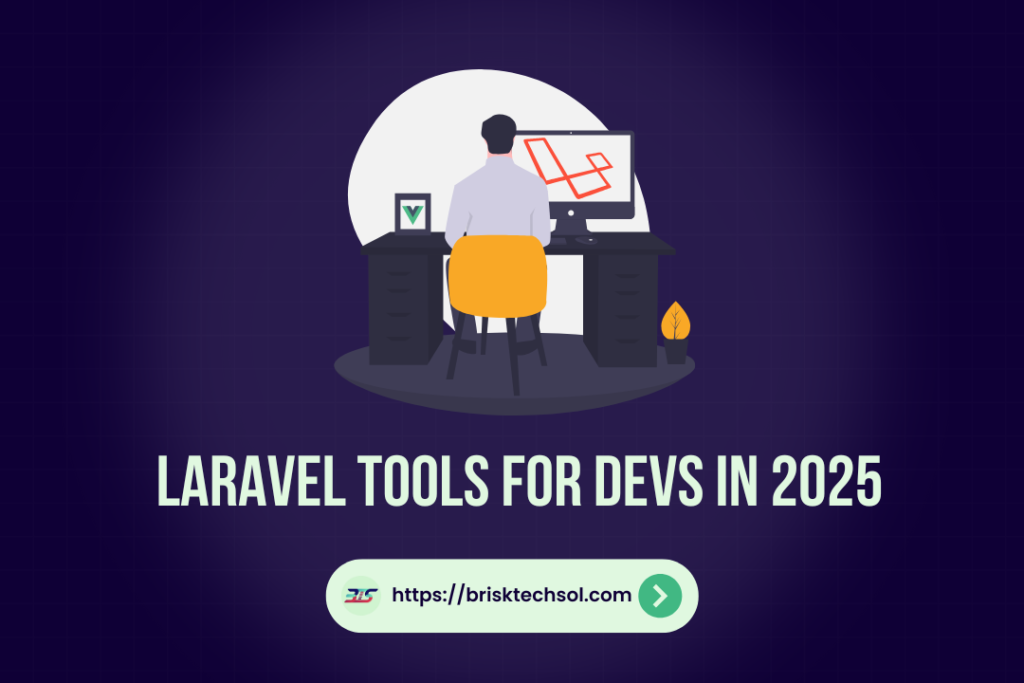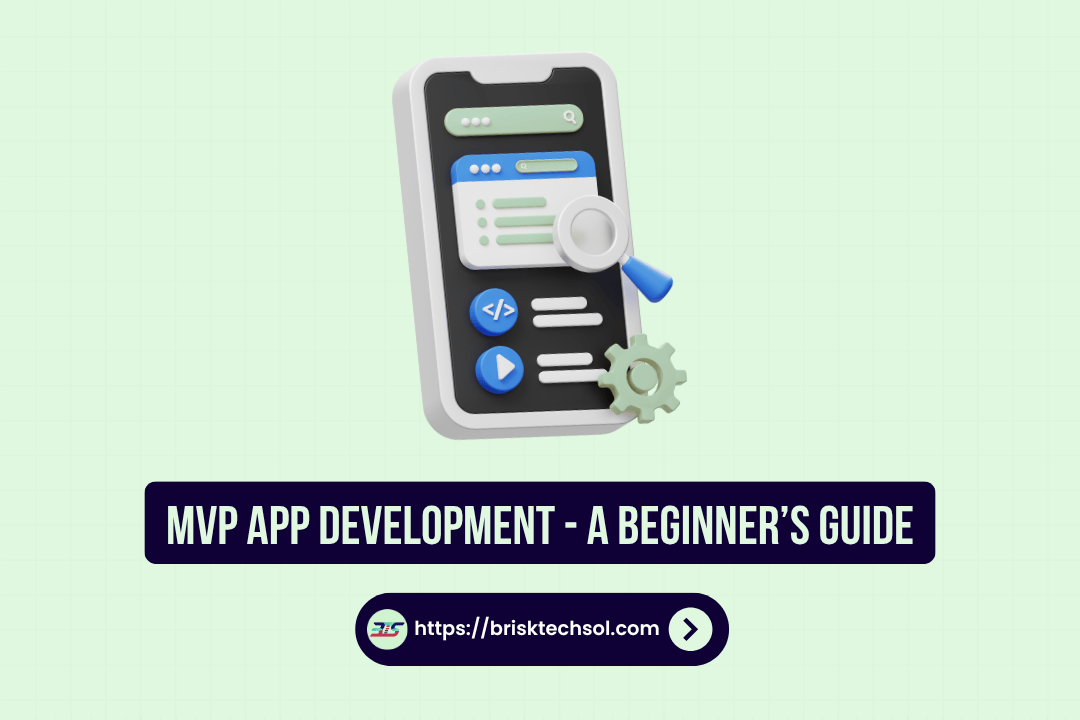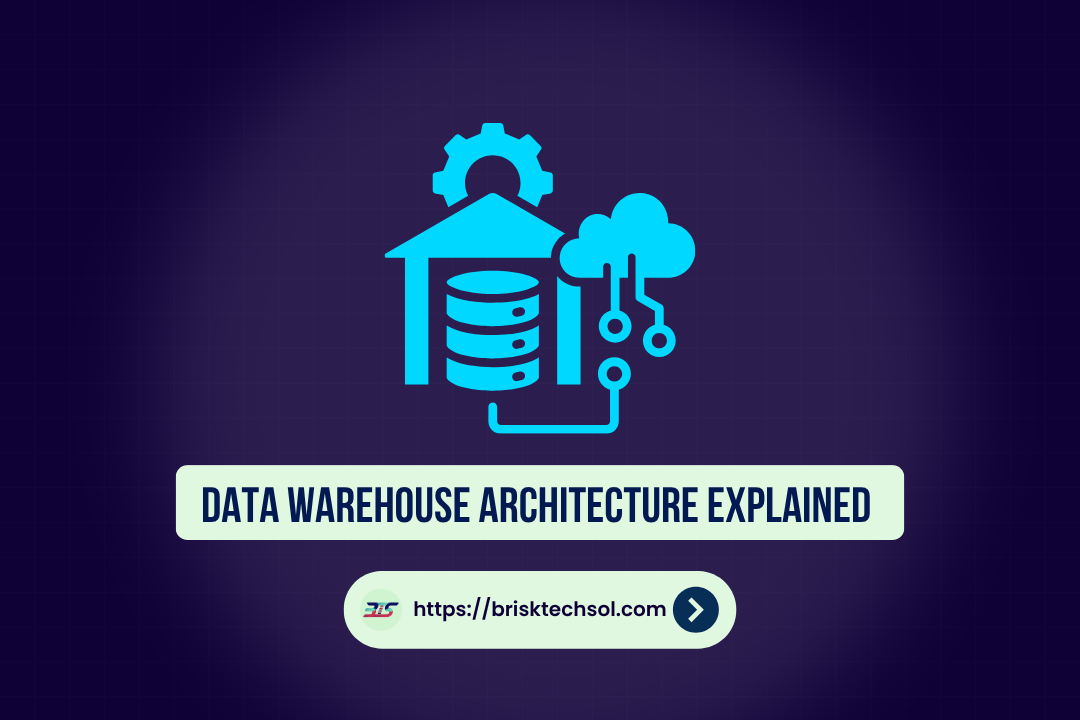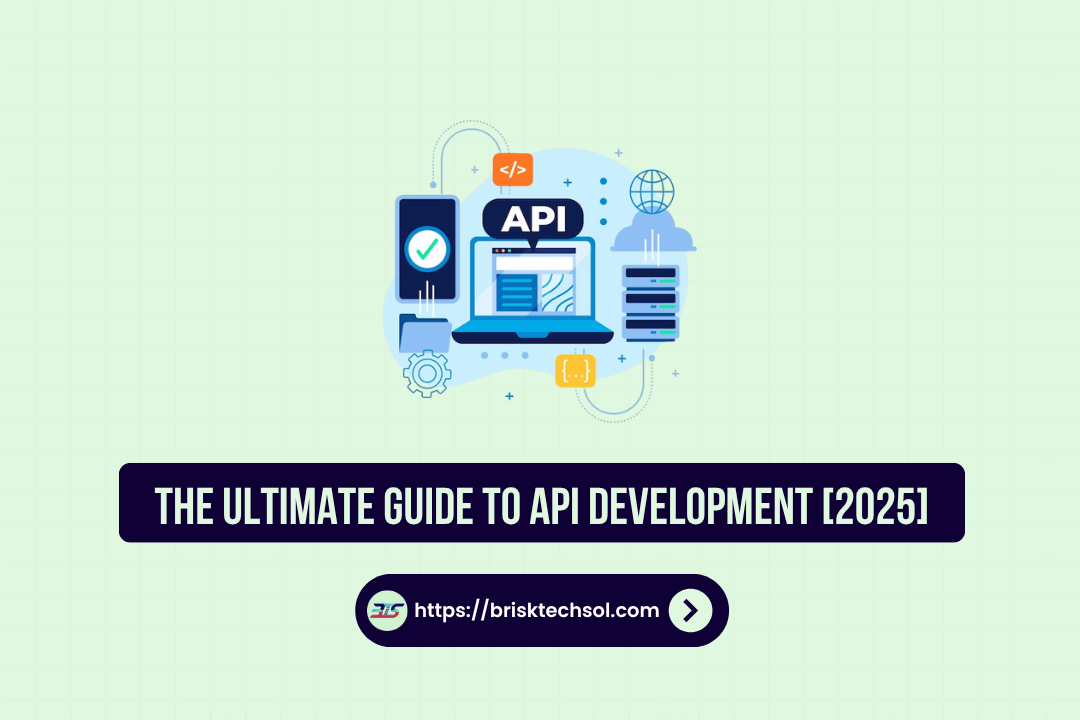There are more and better parts to Laravel’s ecosystem in 2025 than ever before. The right tools can improve your workflow and make your apps more reliable, whether you’re setting up Docker locally or deploying them serverlessly in AWS. Still, there are so many choices that it’s important to make a smart one. We’ll go over the 10 most important Laravel tools that every PHP developer needs to know in 2025.
Why Should You Pick Laravel in 2025?
Laravel is still the best choice for PHP developers because
- Elegant Syntax and Readability: An API that is fluid and expressive and cuts down on unnecessary code.
- Rich Ecosystem: There are official and community packages for everything, from logging in to deploying without a server.
- Active Community and Long-term Support:, including regular updates, security patches, and long-term support (LTS) versions.
- Built-in tools: include queues, broadcasting, task scheduling, and more that don’t need to be connected to the internet.
- Scalability: Support for distributed services, containerization, and serverless platforms that is top-notch.
1. Laravel Sail: Local Development in Containers
Provides you a local environment powered by Docker that has PHP, databases, caches, and search services.
Important benefits:
- Setup with just one command: ./vendor/bin/sail up.
- Cross-platform stacks that work the same.
- docker-compose.yml makes it easy to change how a service works.
Pros:
- Make sure that all teams work in the same environment.
- Makes end-to-end testing and integration easier.
- Add services like Elasticsearch or RabbitMQ whenever you want.
Cons:
- High memory use on machines with few resources.
- The first steps for people who are new to Docker.
- It might take longer to start up than native setups.
Tip: To speed up file I/O on macOS, use Docker’s volume caching.
2. The Laravel Valet: Ultra-Fast macOS Server
It gives macOS developers a simple local server based on Caddy.
Important benefits:
- Instant .test domains that don’t need to be changed in the hosts file.
- Response times that are lightning fast for quick prototyping.
- Custom drivers let non-Laravel projects work with the app.
Pros:
- Setup takes almost no time.
- Few resources used—no containers or VMs.
- Great for demos of single apps and quick tests.
Cons:
- Only works on macOS.
- Compared to Docker, it doesn’t have full service isolation.
- Not the best for simulating environments like those in production.
Tip: Put in global Composer tools like Pest and PHPUnit to make commands easier to use in all projects.
3. PHPStorm + Laravel Plugin: The Best IDE
It gives you full integration with Laravel, including autocompletion, debugging, database tools, and version control, all in one IDE.
Important benefits:
- Code insights and navigation that are aware of Laravel.
- Built-in Xdebug for debugging in real time.
- Git, migrations, and test runners are all built in.
Pros:
- Code intelligence that can’t be beat for faster development.
- Easy switching between views, controllers, and routes.
- A large community of plugins that add extra features.
Cons:
- Cost of a business license.
- More CPU and RAM use.
- Beginners will have a harder time learning.
Tip: To avoid typing the same things over and over, make live templates for common Artisan commands.
4. Laravel Forge: Making Server Provisioning Easier
Sets up Nginx, PHP-FPM, SSL, firewalls, databases, and other cloud servers on DigitalOcean and AWS automatically.
Important benefits:
- Instantly set up a server with reusable templates.
- Automated firewall rules for Let’s Encrypt SSL and UFW.
- Deployment pipelines based on Git with custom hooks.
Pros:
- Makes infrastructure as code faster for teams.
- Controls for access and management of teams from one place.
- Monitoring and alerting all in one place.
Cons:
- A monthly subscription is needed.
- Limited to cloud services that are supported.
- Not as flexible as scripts that are written by hand.
Tip: Use Forge’s deploy scripts to have migrations and seeders run automatically after each deploy.
5. Laravel Envoyer: Deployments with No Downtime
It handles atomic, zero-downtime releases with health checks and rollbacks that happen right away.
Important benefits:
- End users don’t have to see updates.
- Rollback to older releases with just one click.
- Support for multiple servers for high-availability apps.
Pros:
- Guarantees a smooth experience for users.
- Works well with both Forge and Git providers.
- Detailed logs and alerts for deployment.
Cons:
- Paid service with different levels of cost.
- Needs clear endpoints for health checks.
- Lock-in from vendors—proprietary platform.
Tip: Set up a separate /health route that checks the database and cache to make sure that Envoyer only deploys your app when it is really healthy.
6. Laravel Vapor: Serverless + AWS Lambda for PHP
It deploys Laravel apps to AWS Lambda, which provides serverless architecture and automatic scaling.
Important benefits:
- When traffic suddenly goes up, auto-scaling steps in to handle it.
- Used the Vapor dashboard to manage AWS resources like RDS, SQS, and S3.
- Pay-as-you-go pricing that is based on how much you use it.
Pros:
- Takes away the work of managing the server.
- Cost-effective for jobs with changing workloads.
- CloudFront lets you distribute assets around the world.
Cons:
- Setting up AWS billing and permissions can be hard.
- Possible latency during a cold start.
- Needs knowledge of AWS and IAM management.
Tip: To cut down on cold-start delays, use provisioned concurrency for endpoints that are mission-critical.
7. Laravel Telescope: Profiling and Debugging
It helps you see and change logs of things like HTTP requests, errors, database queries, cache events, and more.
Important benefits:
- Timing problems with middleware and controllers.
- The full stack exception context has data from both the session and the request.
- Analyzing queries to find slow or duplicate calls.
Pros:
- Deep insight into how apps work on the inside.
- It makes it faster to find the root cause of bugs and performance problems.
- Add custom watchers to make it bigger.
Cons:
- Should be turned off in production for security and performance reasons.
- Extra space needed to store captured data.
- UI can get crowded when there is a lot of traffic.
Tip: To keep your storage footprints small, prune Telescope entries on a regular basis.
8. Laravel Horizon: Better Monitoring of Queues
Redis-backed queues can get real-time dashboards, metrics, and job management.
Important benefits:
- See how many jobs are completed, how many fail, and how the runtime is distributed.
- Tag jobs to group them logically and keep track of metrics.
- From a web interface, you can try again, pause, or delete jobs.
Pros:
- Instant information about the health of the queue and any problems.
- Alerting features for jobs that fail to meet certain levels.
- Makes managing queues easier without SSH.
Cons:
- Needs Redis; other queue drivers won’t work.
- Extra work that needs to be done in production settings.
- Setting up alerts that are very complicated can be scary.
Tip: To get the most work done, give high- and low-priority queues their own supervisors.
9. Laravel Dusk: Full Browser Testing Of Your App
ChromeDriver lets you test in a browser, simulating how real users would interact with the site.
Important benefits:
- API that lets you chain actions and assertions.
- When a test fails, take screenshots and write console logs.
- Automatic regression checks can be done by integrating with CI/CD pipelines.
Pros:
- Recording how UI and JavaScript work.
- Validating user flows lowers the number of production regressions.
- For flexibility, it supports both headless and headed modes.
Cons:
- It takes longer to run than unit tests.
- Fragile checks to see how often page selectors change.
- Needs to have browser drivers maintained.
Tip: To speed up suites, use php artisan dusk:parallel to run tests in parallel.
10. Frontend Asset Pipeline for Laravel Mix
It gives you a smooth API over Webpack that lets you compile and improve your JS, CSS, and assets.
Important benefits:
- Compile ES6, SCSS, and take care of versioning assets.
- Hot module replacement lets you change the style and script right away.
- Integrating PurgeCSS gets rid of unnecessary CSS, which makes bundle sizes smaller.
Pros:
- Makes complicated Webpack configurations easier to use.
- Live reloading speeds up front-end development.
- Modern JS and CSS preprocessors can be used right away.
Cons:
- The disk is used more when the node_modules directory is big.
- Sometimes has problems with custom Webpack loaders or plugins.
- Complex errors can take a lot of time to figure out.
Tip: To make it easier to find mistakes, use mix.sourceMaps() to turn on source maps in development.
Conclusion
In 2025, picking the right mix of Laravel tools is important for keeping up performance, reliability, and productivity. This customized set of 10 essential tools includes local environments, IDEs, provisioning, deployments, observability, testing, and asset management. With these tools, you can confidently build, ship, and monitor applications. Start with basic, open-source options and see how they work. As your needs change, move on to paid services.
FAQs
Which place in the area is better: Valet or Sail?
Sail provides consistent, containerized stacks across all platforms, while Valet provides a quick, minimal setup on macOS.
Do I need Forge and Envoyer both?
Yes, Forge takes care of provisioning and management, and Envoyer makes sure that releases happen with no downtime. They make full-stack workflows easier when used together.
Should low-traffic apps use Vapor because it’s cheap?
If your traffic is steady and low, a fixed-price Forge server might be more reliable. For unpredictable or spikey traffic, use Vapor.
In Vapor, how do I stop cold starts?
To keep Lambda functions warm, use provisioned concurrency or set up warm-up pings.
Can I use Telescope for work?
Don’t turn on Telescope in production because it could slow things down and put private data at risk.









